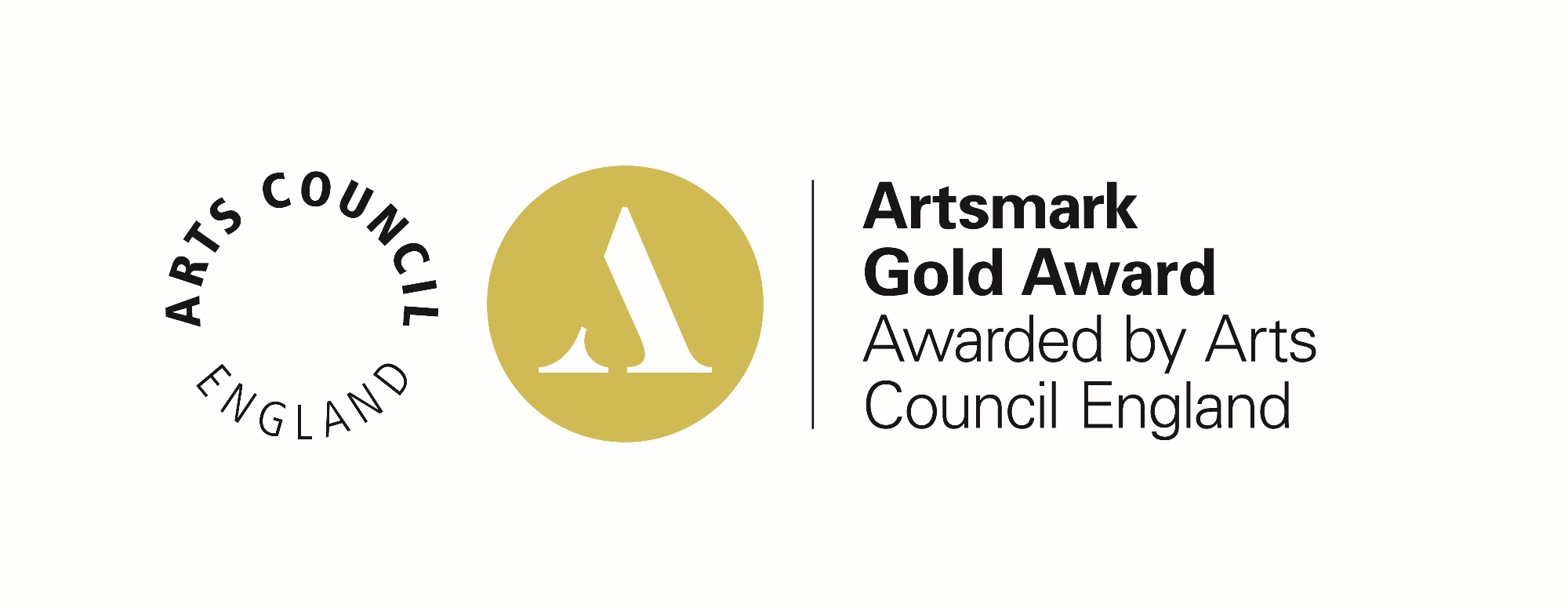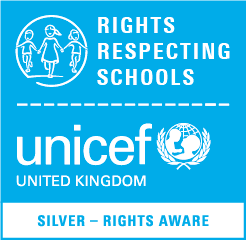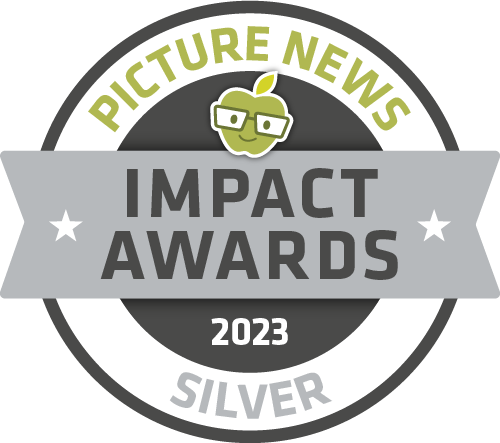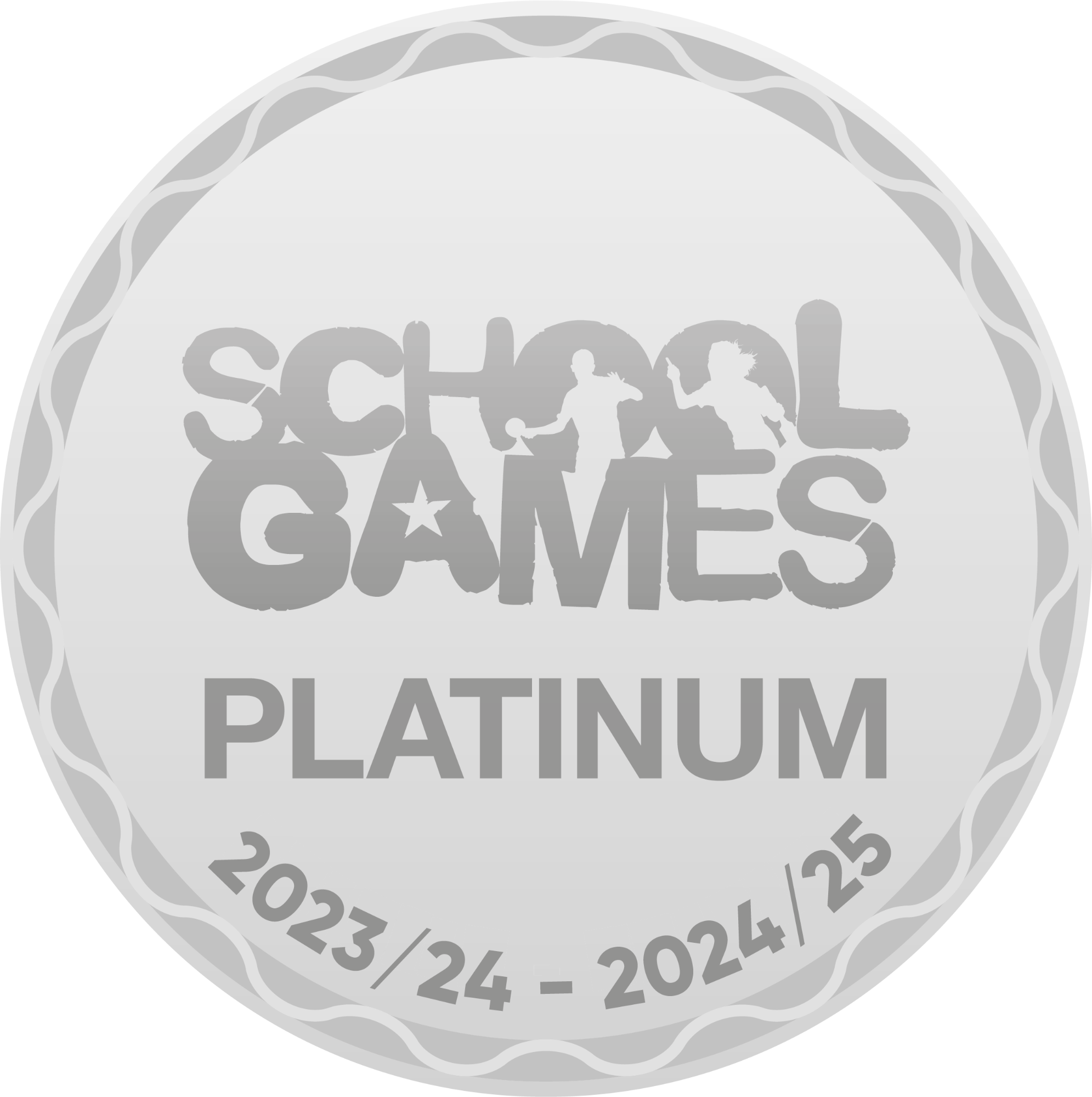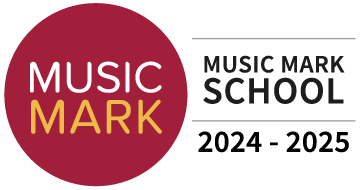Year 5 Swifts
Mr Christofa
Swift Class
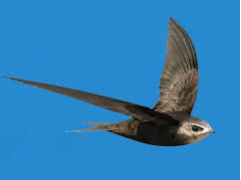
PE days: Mondays and Wednesdays
Friday - Class assembly at 8.45am
THIS WEDNESDAY - Rather than wearing your PE kits to school, come dressed for ancient civilisation day!
For the next couple of weeks, could we please save (and bring in) items like pringle tubes, cereal boxes and so on. We will be making bridges and these sorts of items will be fantastic resources! Thank you.
Pencil case
Please make sure your pencil case includes the following: a blue handwriting pen, a red pen, a whiteboard pen, a pencil, ruler, rubber, a pair of scissors, a sharpener and glue stick.
Home learning menu:
English (20 minutes): Please play the following game: IXL | Breakfast Blitz
Maths (20 minutes): Please complete the Roman numerals quiz: Roman Numerals - Quiz
PSHE (20 minutes): Take some time to do some mindfulness across the week before our class assembly. A calm mind is a happy one! Guided Meditation for Children | ONE PERFECT MOMENT | Mindfulness for Kids
Picture News
Class Reader
Our class reader this half-term is: The White Giraffe by Lauren St. John

This week's learning question from the Blooms' questions at the back of children's reading records should be taken from the remembering section. Remember to highlight the question once chosen, so you can choose a different question next week.
A taste of our learning
Physical education
Last Friday had our sports day! It was a fantastic day, beginning with our cross-country run, which went really well. Then, in the afternoon, we took part in an array of events, finishing off with the traditional races in our houses.
Geography
This week, we put together the features of a river, reflecting on our recent trip to the Gilbert White centre, and doing more research, so that our river diagram could be as detailed as possible. We then plotted on a graph the data from the trip, and stuck in pictures from our trip, describing what was happening in the picture and why it was relevant to geography.

Geography- River study
This week, we visited the Gilbert White Study Centre to learn more about rivers. We spent the beginning of the morning labelling a river, then moved on to visiting a river and studying the flow of water, the variety of animals that live in the river and becoming true geographers. We were measuring the height and speed of the water, as well as the distance from one side of the bank to the other. We spent the afternoon orienteering. It was a fantastic trip!
PSHE- Safety
As part of our ongoing mission to teach our children to be safe, we had a virtual road and bicycle safety workshop (with almost one hundred other schools in the area), which aimed to teach our pupils the safest ways to act and behave when out and about in our cars, along the pavement and on a bicycle.
History - Mayans
As part of our History topic, we have been learning about Mayan food this week and compared it with the food the Vikings ate. Mostly, they were very different, however there were a few similarities, as you can see below. I wonder how many differences you can remember, which you could tell your families at home?

JRSO assembly- Walk To School week
Next week is walk to school week and, to launch the event, our JRSOs in Year 5 delivered a fantastic assembly where they educated our class on how to walk to school safely, reminded them of the Green Cross Code and did a quiz at the end.
Water Aid visitor
On Thursday, we had a special visitor from Wateraid, who came in to talk to us about the charity, the importance of clean water and where the water we drink comes from. He educated us about how different it is across the world and how dirty water can really be. We held a bucket of stones, the same weight as the water many have to carry for miles and miles.
British Values- VE Day
This week, Langrish honoured VE Day by coming into school wearing RED, WHITE and BLUE, having an assembly to learn more about VE Day and, in Swift class, we did a guided reading session all about the history of VE Day and why it is so important to learn about. A quote we often discuss during our history lessons in Swift class is, 'If you forget the past, you are doomed to repeat it' and this was the discussion we had on this day. A lovely picture is to the left with a balloon arch from the Village Hall VE party held on Monday.

English- Non-Fiction- Pig Heart Boy
During this week's English lessons, we have been learning to write information texts linked to our class reader: Pig Heart Boy. We focused on the topic of Xenotransplantation, the procedure Cameron (the main character) needs in order to survive. We spent one lesson researching the procedure and then another two lessons creating our information texts. Here is an example of one of these, created by someone who has thought carefully about layout, the right toolkit to use for non-fiction information texts and who has taken great care to make their work eye-catching and engaging.
People Project: How To Represent My Country (Sport)
This half-term, our people project focus has moved onto sport, specifically 'How To Represent My Country.' In Year 5 this week we learnt about Kare Adenagan, a black, British, female sportsperson who has cerebral palsy. She represented the UK in the Paralympics and won! Our task was to design a new Olympics logo, which had to be more equality focused. Some fantastic examples are below:


Reading
This week in guided reading, after a week of testing, we took the chance to vamp up our recommended reads display (recommended by the children). The children produced one-pagers on their favourite book (not the same as last time) and the best 15 went up on display.

Geography
This week, we have been learning about earthquakes. We learnt that in New Zealand there were lots of earthquakes over a long period and that, each decade, they are becoming more and more frequent. Below is an example of one of the pieces of work we produced: a map of New Zealand where the colours link to the Richter scale to show how strong the earthquake is.

Forest School
For the past two weeks, Swift class have been exploring the wonders of the forest with Mrs. Slusarczyk at Forest School. They learnt a fantastic song around the fire, played games, learnt to make a fire (starting a fire was a great link to Science), learnt how to build pulleys from tree to tree (another great link to our DT) and played in the mud kitchen.
Geography- Maps
In Geography, this half term, we have been learning about earthquakes and Oceania. Firstly though, we learnt to label maps, starting with a world map, then Oceania, followed by Australia. Below is an example of a great labelled map, including a key to help someone read said map!
Science- Forces
This half-term's science unit is forces and this week we learnt about air and water resistance. We explored the differences, completed an experiment using blutack and 'helicopters' we made to investigate how both resistances work. We then had to look at different objects in motion and work out how they were opposing motion.
Physical Education-Luke Delahunty
Langrish was so fortunate this week to have a Team GB athlete visit our school and educate us on his journey, how he became an Invictus Games competitor and everything that you can achieve if you have resilience and do not give up. Swift class also participated in a mini-workshop, exercising and trying out different movements. Furthermore, they raised lots of money for charity too!
Katherine Johnson-People Project- How To Win A Scientific Prize
Katerine Johnson, the hidden figure who helped calculate the trajectory to get man on the moon, was the focus of our science lessons this week, a strand of our 'People Project.' We investigated stereotypes and the importance of knowing that different individuals can do anything. We also explored why she was so aspirational, the winner of the Presidential Medal of Freedom and then made one pagers about her.


Rockidz Anti-Bullying Workshop
Year 5, and the rest of the school, participated in an anti-bullying workshop delivered by the 'Rockidz' organisation this week. We rocked out, learnt to become rock stars and, most importantly, learnt that it is important to remember that we are all unique! There was an acronym we learnt to help us remember this: YASBA - You're Awesome So Be Awesome. Even the teachers had to get up and BATTLE the children in a dance off, it was a lot of fun!
World Book Day
This week, we celebrated World Book Day and, this year, our children went into battle, an oracy battle, to champion their favourite book characters. In Swift class, this was a tournament to find out who was our clearest speaker, who knew their character the best: their strengths, weaknesses, personality, the story itself and so on. Below are some lovely pictures from the day, including the battles to find out who was the winner (she is in the middle!)

English
During English, this week we have been exploring what makes a great information (non-chronological report) text. On Thursday, the children had to create a checklist for an effective information text. The individual below went above and beyond, explaining the purpose of each tool and how it improves an information text, suggesting a variety of writing tools.


Computing
This week is Internet Safety Week and we took part in the CBBC live lesson with thousands of other schools across the country to learn more about how to stay safe online. We learnt about phishing, passwords and scammers. It was good fun and the children gained so much from it!
PSHE
This week, the 'Life Space' visited our school and Year 5 had the opportunity to learn about our brains, the parts of our brains and their functions. It was a fascinating experience. We learnt about various ways we can self-regulate, many of which were on our road maps and discussed what different emotions may look like physically, but also how they feel in our brains.



Science
At the beginning of the week, we added 4 eggs to vinegar, one on its own and the other three with food colouring, to explore what happens when you mix different materials. By the end of the week, we removed the eggs and discovered that the shells had gone and the eggs were now bouncy! An interesting experiment, which explored how materials and substances can change (irrevesible changes).


Physical Education
The next unit of physical education is gymnastics and this week the children were performing pieces in groups, trying to include flexibility, a sequence of moves and teamwork! Click the picture below to see more images in our gymnastic gallery!
Science: Climate Change
This week, we had an exciting climate change workshop, led by an external group whose aim was to give us a deeper understanding of the dangers of climate change. We explored the bio-diversity of planet Earth and investigated animal habitats, trying to find a range of animals (and plants). Some pictures are below...
French: Weather
In French, we have been learning how to describe different weather types. Can you name the different weathers in French and say that 'it is' snowing, raining and so on? The children have been practising this in class and making great progress. Use their example from the right to help you practise at home.

English: Who should headline festivals?
After our 'How To Be A Rockstar' lesson, where we learnt about Florence and The Machine, we spent an English lesson exploring the following question: Who should headline festivals? The children had to discuss and debate this question, giving reasons for both sides. A fantastic example is on the right. It includes a great, intriguing introduction, which informs the reader about the topic. It has a balanced argument reflecting both sides, includes generalisers, conjunctions, fronted adverbials and technical vocabulary. Are there any improvements that you would make if you were to offer this person feedback?
PSHE: How To Be A Rockstar
This term, we have begun a new project called 'The People Project' and our first whole-school topic focus is 'How To Be A Rockstar.' Year 5's artist is Florence Welsh from the band Florence and The Machine. Florence is a female, neurodivergent, British rock star who broke the mould headlining Glastonbury Festival in 2015. We made posters which tried to promote a more gender-balanced music festival lineup, as many festivals around the world are dominated by male artists.



Reading: One Pagers
During guided reading this week, the children were tasked with producing a 'One Pager' (essentially a poster on a page but with more information- a snapshot of the topic) about their favourite book. Below are some unbelievably amazing examples, which all made it onto display in Swift class. The task is aimed at pushing children to delve deeper into understanding their book, encapsulating its contents.
Science: Space and Gravity presentations
For the past three weeks, Swift class have been working hard on a group project in which they were tasked to present everything they can recall, remember and retrieve about Space and Gravity. They were told that they could choose any element of Space, Gravity or a general presentation about many elements of the topic. They were also told that they could present any way that they deemed appropriate for their group: traditional presentation, YouTube series, documentary, comedy sketch show, quiz show and so on. This week, we spent the afternoon sharing those presentations. I have to say... in my many years of teaching, I have never seen anything so brilliant. They all worked so hard, filled their presentations with a multitude of facts, many of which had had not been learnt within the unit, and were very confident, remembering their lines and delivering their presentations as if they were teachers! It was awe-inspiring to watch.
French: Months of the year


This week in French, we learnt the months of the year (the week prior we were learning the days of the week). The children had to match up the correct translation and then try to remember which sounds were missing in each word.
English: The Snowman
One of the lessons completed this week around our film study The Snowman was to write a setting description using figurative language. The example below includes alliteration, personification, expanded noun phrases, adverbs, metaphors, clauses and repetition. Can you help the author by suggesting some different sentence starters to help their lovely ideas flow together?
Science: Gravity
In Science this week, we explored gravity on a deeper level. The children have already learnt about gravity in Year 4. One of the key pieces of substantive knowledge that we learnt was that everything has a gravitational pull, even us! (It isn't strong enough to pull anything towards us though). The children were then challenged to demonstrate their knowledge on paper.

PSHE: Anti-Bullying Week-Race/Nationality

During Anti-Bullying week, we made world maps with a twist. Rather than label the countries with their names, the children had to label them with the nationality of the individuals who live there. For example, rather than label China, they labelled Chinese or rather than label South Africa, they labelled South African. This task was designed to teach children to try and be as specific as they can when referring to another individual's race/nationality. We also covered which terms they should use if they had to make generalisations, for example: black, white, Asian, Middle Eastern, North African and so on.
English: Poetry
This week, Swift class had a poetry week. After exploring a variety of poems by different poets based on a variety of topics, we had a go at writing our own poems around seasons. The children had to try and use different examples of figurative language (similes, personification and metaphors, alliteration) in their work to develop imagery for the reader. Can you see any of these techniques in the example below?

PSHE: Kindness



This week, Swift class spent their PSHE lessons thinking about different ways to be kind!
Science: Evolution and Space
Over the past couple of weeks, we have been delving deeply into scientific concepts from evolution, the wonders of Mary Anning and now space! Here are some examples...



Art: Henry Matisse
This week, the children produced their final pieces of work for their unit on Matisse. To the right is a lovely example:
Computing: esafety
Swift Class embedded their learning in Computing having previously learnt how to be safe online. This week, they created their posters on the computer using Word and Publisher.
PHSE: friendship
 In PSHE, we talked about fantastic ingredients to make a good relationship.
In PSHE, we talked about fantastic ingredients to make a good relationship.
In Science, we made Planet Earth timelines. The children were encouraged to lay out their work anyway they saw fit. A fantastic example is below.

Rights Respecting Charter
Below is Year 5's agreed Rights Respecting Charter.

Learning behaviours
These are:
-Be your best
-Learning comes first
-Pay it forward
-Worry about you first
-Say no to hate
-No excuses







